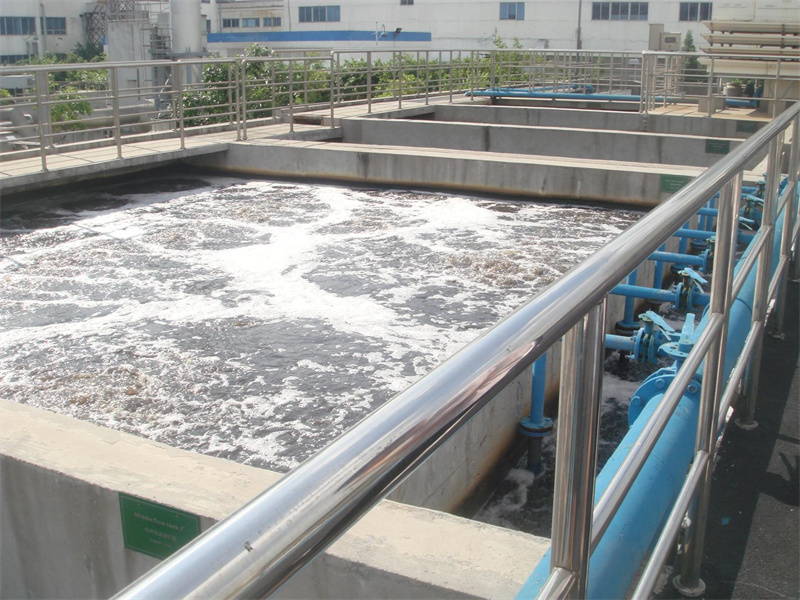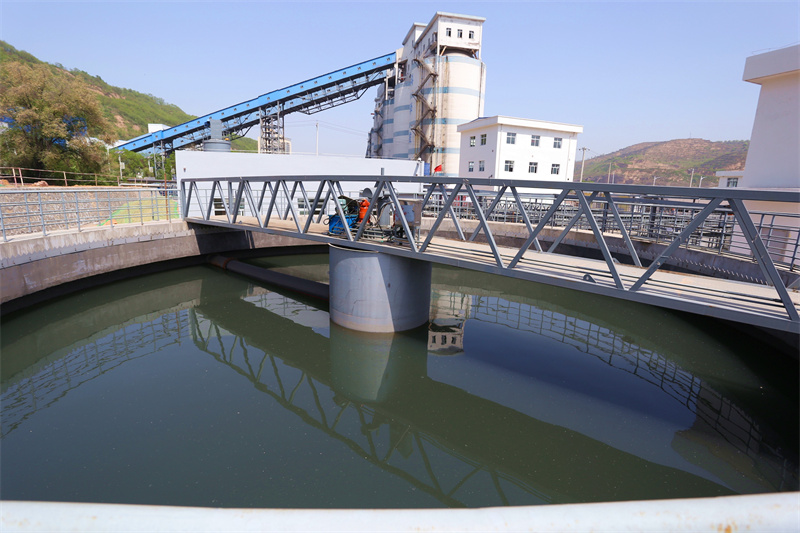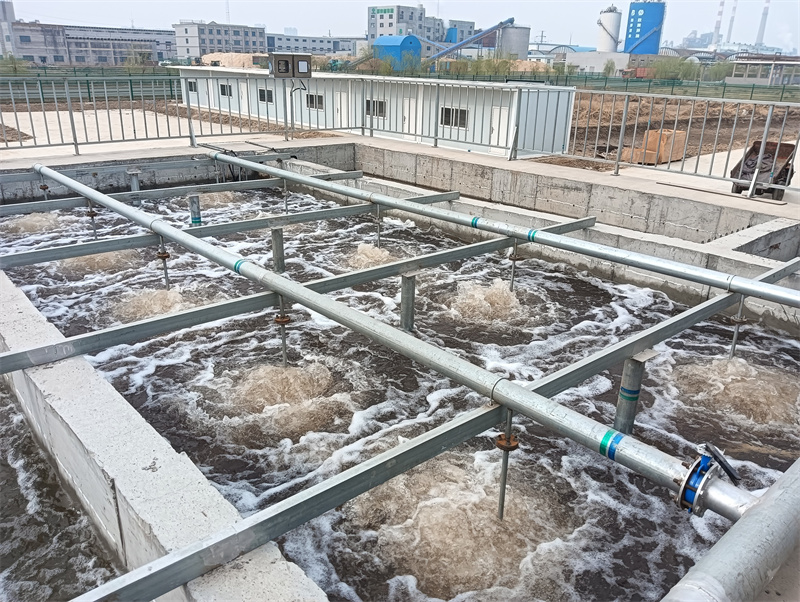1. Characteristics of Coal Mine Wastewater
Coal mine wastewater primarily consists of underground geological seepage water, naturally occurring groundwater discharged for safety reasons, and coal dust-containing wastewater generated during coal mining operations. This wastewater not only retains the properties of groundwater but also contains pollutants due to human activities, making its treatment both complex and critical.

2. Project Case
A mining group company operates a coal mine with a current production capacity of 70,000 tons per year and a planned design capacity of 210,000 tons per year. To address the treatment of mine wastewater, the company designed and constructed a treatment pond based on the mine’s water inflow and discharge standards.
The treatment pond measures 40 meters in length, 6 meters in width, and 1.5 meters in height, with a total volume of 360 cubic meters. It meets the treatment needs for normal mine water inflow while accounting for fluctuations during peak rainy seasons.

3. Treatment Methods
In treating coal mine wastewater, a combination of physical, chemical, and biological methods is typically employed to meet discharge standards. Below are the methods adopted by this mining group company for its coal mine wastewater treatment:
3.1 Coagulation-Sedimentation Method
Suspended solids are the primary pollutants in coal mine wastewater, and the coagulation-sedimentation method effectively removes them. The company uses aluminum or iron salts as coagulants, which are thoroughly mixed with the wastewater via a pipeline mixer. The reaction zone is designed in an inverted bell shape to gradually reduce water flow velocity, facilitating optimal interaction between the coagulant and wastewater. After the reaction, suspended solids form flocs, which are then settled using inclined tube fillers to clarify the water.
3.2 Filtration and Purification
After coagulation-sedimentation, the wastewater still contains fine suspended particles and colloids. To address this, the company employs sand filtration for further purification. The sand filter tank adopts a gravity-type valveless filter design, utilizing automatic siphon principles for backwashing without manual intervention, ensuring ease of operation and maintenance. The use of multi-layer filter media enhances filtration efficiency, guaranteeing that the effluent meets required standards.
3.3 Activated Sludge Process
In the secondary treatment stage, the company applies the activated sludge process. This method involves aeration tanks, secondary sedimentation tanks, and other facilities to ensure thorough contact between activated sludge and wastewater, thereby adsorbing and degrading organic pollutants.
The aeration process keeps the sludge in suspension, improving treatment efficiency. Additionally, a sludge return system enables sludge recycling, reducing operational costs.

3.4 Process Flow
Process Flow Diagram
By implementing this wastewater treatment project, the mining group company has not only effectively resolved coal mine wastewater discharge issues but also minimized environmental pollution risks. Moreover, resource recovery and recycling during the treatment process have generated economic benefits for the enterprise.
In summary, coal mine wastewater treatment is a complex and vital task that requires comprehensive consideration of factors such as water quality, flow rate, and discharge standards. By applying tailored solutions based on specific project cases, pollutants in wastewater can be effectively removed to meet discharge requirements.



